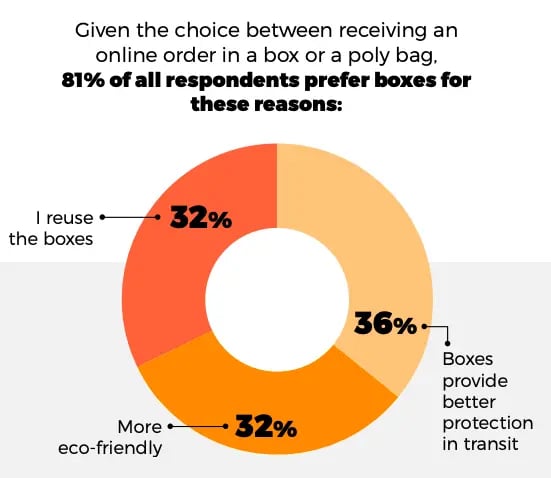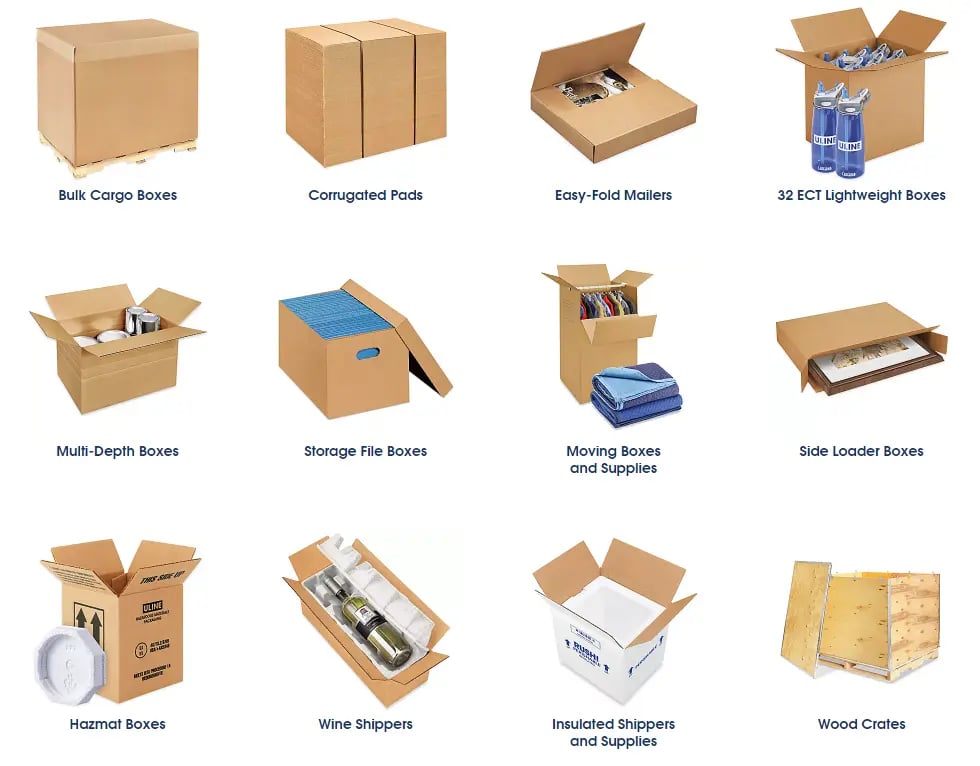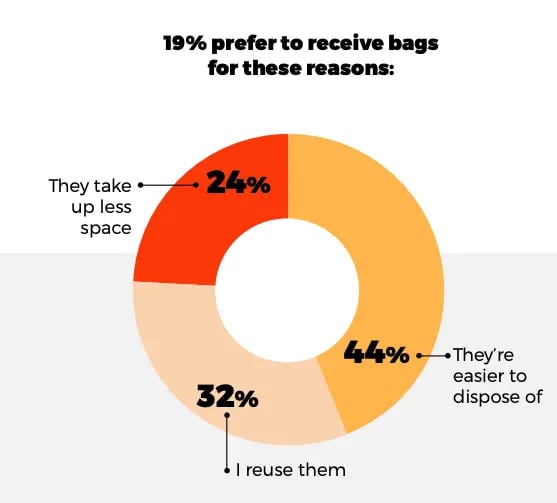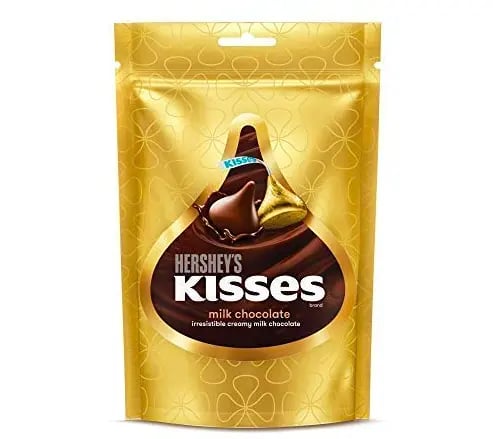Product packaging has a direct impact on several aspects of a business. It helps people identify the product, protects the product, and it attracts customers. 72% of customers are influenced by product packaging while shopping. Hence, it is necessary for businesses to understand different types of packaging so that they can choose the right one for their products.
Layers of Packaging
Before you look into types, you need to understand the layers of packaging. Each layer serves a different purpose. Understanding the purpose of each layer is necessary to choose the right type of packaging for your products.
Primary Packaging
This layer of product packaging is in direct contact with the product. The purpose of this packaging type is to contain, protect, and identify the product. The product packaging design of this layer also includes product information and identity markers.
The packaging material of this layer has to be compatible with the product. In some cases, primary packaging also has protective layers. For example, boxed packaged goods like milk and juices have a layer that separates the liquid from the cardboard box.
Secondary Packaging
This layer of product packaging design is used to add additional protection to the product. Secondary packaging is also used to create product units. Such product packaging boxes may contain different items or a specific quantity of one product.
For example, bagged packaged goods like potato chips have numerous chips in one bag. On the other hand, product packaging boxes of mobile phones contain several different items like headphones, chargers, user manuals, and so on.
Transport Packaging
This layer of product packaging is meant to protect the products during transportation and storage. It also makes it easy to organise and handle large quantities of products at once. The types of materials used for transport packaging depend on the products and the conditions of logistics.
For example, corrugated product packaging boxes are used for road transport and warehouse storage, while shipping containers are used for ocean freight.
Types of Packaging
Below are the different types of packaging that you can use for your products.
Boxes
Boxes are the most versatile type of packaging and are used in a variety of forms for different products. Boxes can be used for all layers of packaging. They can perform a variety of functions based on their architecture and types of materials. They are also quite popular among customers compared to other common types of packaging.

Rigid paper, paperboard, and cardboard boxes are commonly used for primary and secondary packaging. These are cheap to manufacture and are also eco-friendly product packaging. But, these types of packages offer limited protection. So they can only be used for small products. For additional protection, you can use thicker cardboard and rigid plastics.
They are also not very good for containing liquid products. If you want to use boxes to contain liquid products, you need additional layers within the box. You can see this type of packaging with juice boxes and milk tetra packs.
Primary and secondary product packaging boxes are adorned with graphics and design elements to create a variety of perceptions. You can also improve the attractiveness of boxed package goods by using more elegant types of materials to create the boxes. Some products also use wood and metal boxes to create a sense of luxury.

On the other hand, transport packaging boxes focus only on protection. Depending on the mode of transportation and conditions of storage, you can use different types of product packaging boxes.
For instance, if the packaging is light and is not threatened by moisture, you can use cardboard boxes. In the case of ocean freight, transport packaging needs to be more robust as it has to survive a long and difficult journey. Hence, containers (i.e. metal boxes) are used for cargo shipping.
Bags and Pouches
Bags and Pouches are also widely used types of packaging. While most customers preferred boxes for product packaging, some people also show a preference for bags.

Like product packaging boxes, these can be used for primary, secondary and transport packaging. But bagged packaging goods usually have size and weight barriers. This type of packaging is usually used for small and light products. As primary packaging, you will see small products in large quantities packed with pouches. For instance, chocolates and other confectionery are often packed in sealed pouches.

As secondary packaging, pouches are often used to add elegance to the product packaging design. But for this format packaging material is usually textiles such as cotton, jute, silk, etc.
For example, several jewellery brands use branded silk pouches to contain ring boxes. Bags also function as secondary packaging for retail outlets as well. People use plastic, paper, and textile bags to carry products from retail stores.
Bags and pouches are also used for transport packaging. The packaging material used for these bags and pouches includes paper, textiles, and plastic. Courier folders, envelopes, and bubble mailers are all examples of bags and pouches used for storage & transport.
Bottles, Tubes & Cans
Bottles, Tubes, & Cans are common types of packaging in the food and beverage, pharmaceuticals, healthcare, cosmetics, and FMCG industry. They are most often used as primary packaging for liquid, semi-liquid, and vapour products. Perfume bottles, aerated drinks bottles, pickle jars, toothpaste tubes, and tuna cans are examples of these types of packaging.
The most common types of materials used for these types of packaging include plastic, glass, and metal. These packaging materials can contain the product and protect it from environmental hazards like temperature and moisture.
These packaging types are mostly used for primary packaging. However, some products use it for secondary packaging as well. For instance, some wristwatch brands use cans as secondary packaging for their product. These types of packages grant additional protection to the product.
Protection Packaging
Protection packaging refers to layers that are included solely for the purpose of protecting the product against external hazards like shock, vibration, environmental factors and so on. Different types of packaging use different materials for protection.
Some of the most common types of protective packaging include packing peanuts, bubble wraps, wood shavings, fibres, cardboard cut-outs, and foam cushions.
These types of materials are not commonly used for primary packaging. But they are widely used for secondary and transport packaging. These packaging materials protect the product during handling, storage and transport.
Conclusion
You need different types of packaging for different products. Each packaging type has its own advantages and disadvantages. You need to choose the right form and types of materials for your product packaging.
But, you can make your brand stand out by putting products in product packaging designs that do not conform to industry standards. Read this article on product packaging ideas to see how brands create unique product packaging.
Image Sources: Uline, Hubspot, Hershey
